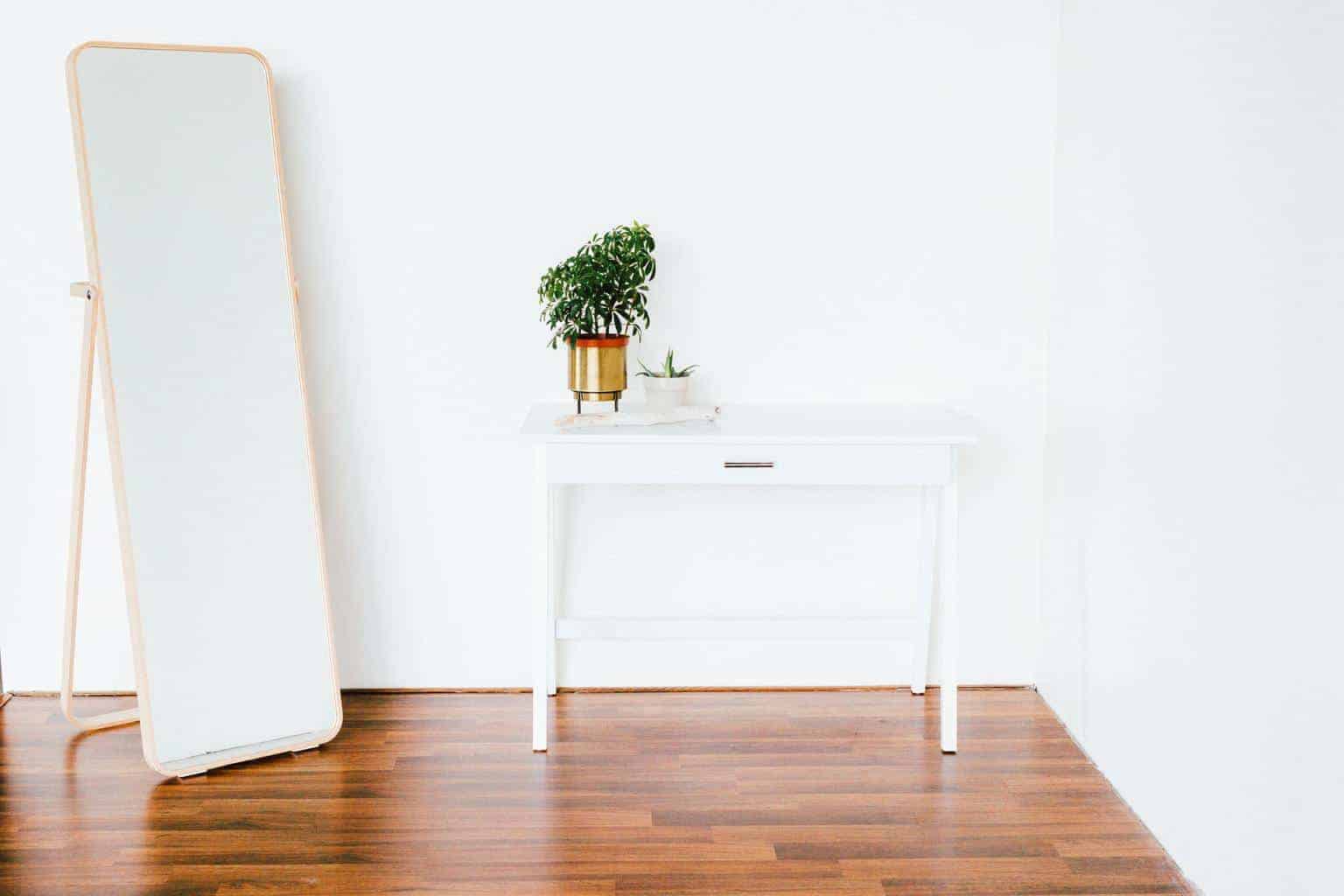Home improvement loans are a popular option for homeowners looking to complete home renovations or additions. But are they the best option? Not necessarily, especially if you have little or no equity in your home.
In this guide, you’ll learn more about home improvement loans and how they work, along with an alternative to increase your borrowing power.
What Is a Home Improvement Loan?
Contrary to popular belief, a home improvement loan isn’t a specific product. It’s any type of loan that’s marketed as a solution to cover the cost of a home improvement project, like home renovations and additions.
You can get an unsecured or secured home improvement loan. If you choose the latter, you’ll have to put up collateral to get approved. And if you fall behind on payments, you risk losing your assets.
How Do Home Improvement Loans Work?
Not all types of home improvement loans are the same. However, most are based on the equity in your home, except for personal loans disguised as home improvement loans.
How Do You Get a Home Improvement Loan?
Home improvement loans are available through banks, online lenders and credit unions.
Types of Loans You Can Use for Home Improvement
Below is an overview of the various loan options you can use to pay for home improvements:
Home Equity Loans
You can borrow between 80 and 90 percent of your home’s current value minus your outstanding mortgage balance with a home equity loan. So, if your home is worth $365,000 and you owe $245,000, you could be eligible for a fixed-rate home equity loan of up to $83,500 ($365,000 * .90 – $245,000).
Loan proceeds are dispersed as a lump sum, and you’ll make equal monthly payments over a set period. Most lenders extend repayment terms between five and 20 years.
Home Equity Lines of Credit (HELOCs)
Home equity lines of credit (HELOCs) are another way to tap into your home’s equity. But unlike home equity loans, you won’t get the funds at closing. Instead, the lender gives you access to an account you can withdraw from (up to the credit limit) as needed during the draw period. You will also make interest-only payments on any funds you withdraw during this window.
When the draw period ends, the lender will convert your outstanding balance to a loan, and you’ll make principal and interest-only payments for a set period. Payment amounts could vary as the interest rate on HELOCs is variable.
Personal Loans
Personal loans are another debt product you can use to pay for home improvements. But they’re not highly recommended for a few reasons. You’ll get a fixed interest rate and make monthly installment payments. Still, the repayment period is short, and your payment amount could be hefty. Furthermore, the interest rates are typically higher than what you’d find with home equity loan products.
Fannie Mae HomeStyle Loan
Fannie Mae HomeStyle Loans are backed by the federal government and allow you to borrow up to 95 percent of your home’s after-renovation value. The repayment term is 30 years, and you’ll pay private mortgage insurance (PMI) for the life of the loan if you borrow more than 80 percent of the projected after-renovation value.
Construction Loan
Construction loans are another option to fund home improvements, but the application process is complex. The lender is likely to require draw schedules and approvals. Furthermore, most loans are limited to 80 percent of your projected property value once renovations are completed.
FHA 203k Renovation Loan
Also backed by the federal government, FHA 203k Renovation Loans cater to borrowers with low credit scores or minimal funds on hand for a down payment. You could get approved for up to 96.5 percent of your property’s future value if you have a credit score of at least 580 and a down payment of 3.5 percent. You’ll also pay PMI for the life of the loan.







